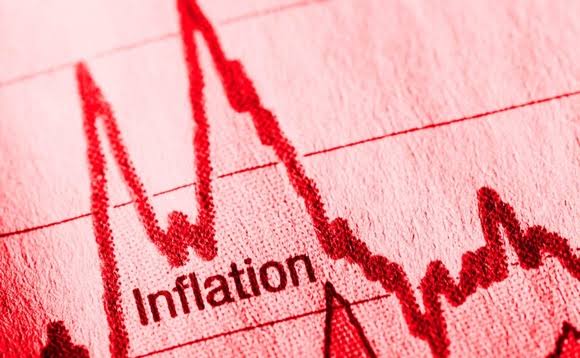Britain’s inflation rate unexpectedly overshot the Bank of England’s two per cent target on Wednesday, raising the cost of living even before sterling’s slide has had much chance to feed into consumer prices.
The Office for National Statistics (ONS) said annual consumer price inflation rose to a three-month high of 2.1 per cent in July from 2.0 per cent in June, bucking the average expectation in a Reuters’ poll of economists for a fall to 1.9 per cent.
The older measure of retail price inflation – which this month will determine increases in many rail fares for 2020 – edged down to 2.8 per cent from 2.9 per cent, in line with forecasts.
The ONS figures also pointed to inflation pressures in the pipeline from rising costs for manufacturers.
Among manufacturers, the cost of raw materials – many of them imported – was 1.3 per cent higher than in July 2018, beating all economists’ forecasts in a Reuters poll and up from a rate of 0.3 per cent in June.
Two thirds of these materials are imported, and increase in cost when sterling weakens, though the ONS said it could not identify a specific effect from a single month’s data.
Manufacturers increased the prices they charged by 1.8 per cent last month compared with 1.6% in June, again stronger than forecast.
Wednesday’s data also showed that house prices rose by an annual 0.9% across the United Kingdom in June, unchanged from May and the joint-weakest increase since November 2012.
The year-on-year decline in house prices in London – which has been hardest hit by concerns about a disorderly Brexit-levelled off slightly to show a fall of 2.7 per cent after a 3.1 per cent drop in June which was the largest since September 2009.
Earlier this month, the BoE predicted consumer price inflation would fall to a three-year low below 1.6 per cent in the final quarter of this year, reflecting lower oil prices and government caps on household energy bills.
This is despite a sharp fall in the value of sterling, which has gathered pace since Boris Johnson became prime minister last month with the promise to take Britain out of the European Union on Oct. 31, even if that means leaving without a divorce deal.
Sterling weakened by 2.4 per cent against a basket of major currencies in July, and this month the pound sank to its lowest since October 2016.
Businesses fear a no-deal Brexit will create major disruption at ports, further pushing up the cost of imports.
There was little immediate market reaction to the data, with analysts more focused on the government’s Brexit policy.
“Inflation remains near target, but continued depreciation of the pound could push it higher,” Nancy Curtin, chief investment officer at Close Brothers Asset Management, said.
Inflation surged after sterling fell more than 10 per cent in the wake of June 2016’s referendum decision to leave the European Union, peaking at a five-year high of 3.1 per cent in November 2017.
The Statistics office said it was too soon to be able to identify weaker sterling as the main factor behind July’s rise in prices.
“Instead, higher costs for hotel rooms, video games and consoles, as well as less discounting of clothes in summer sales, increased the annual rate of inflation,” it said.
The BoE says underlying inflation pressures mean it is still likely to need to raise interest rates over the medium term, assuming Britain avoids major disruption on Oct. 31 and the global economy recovers.




